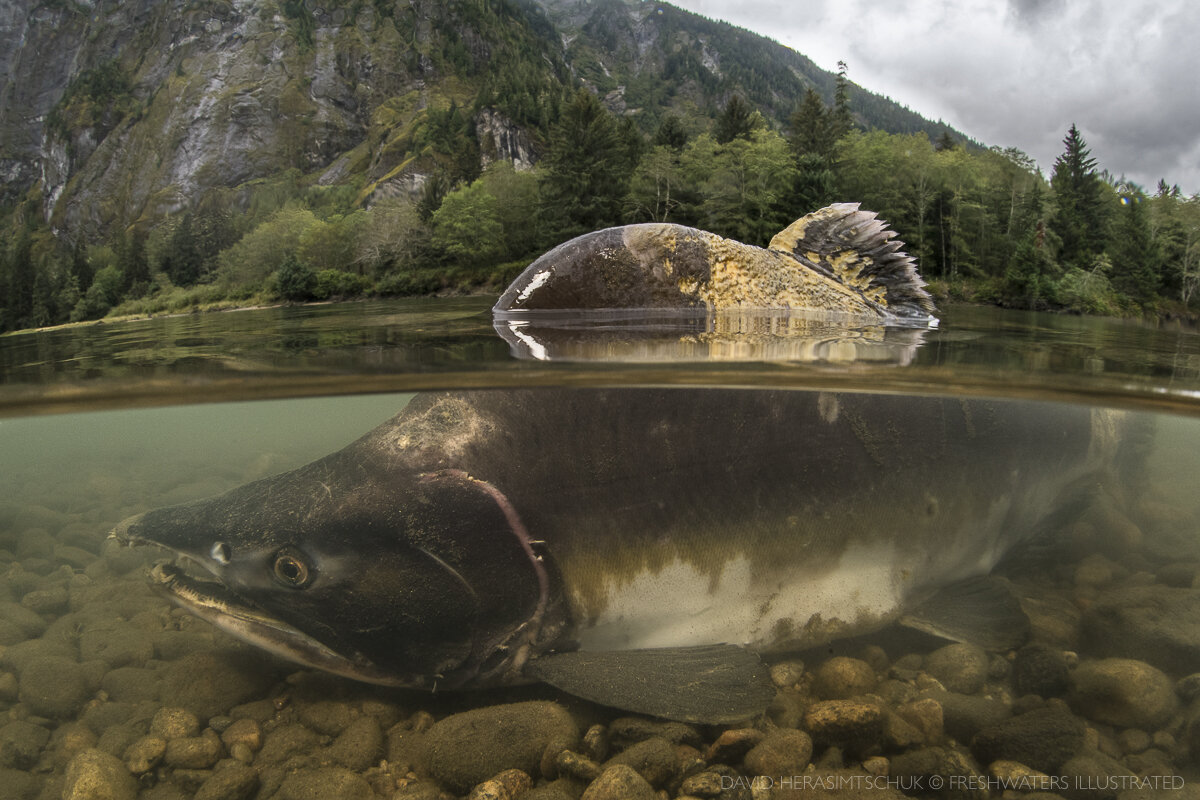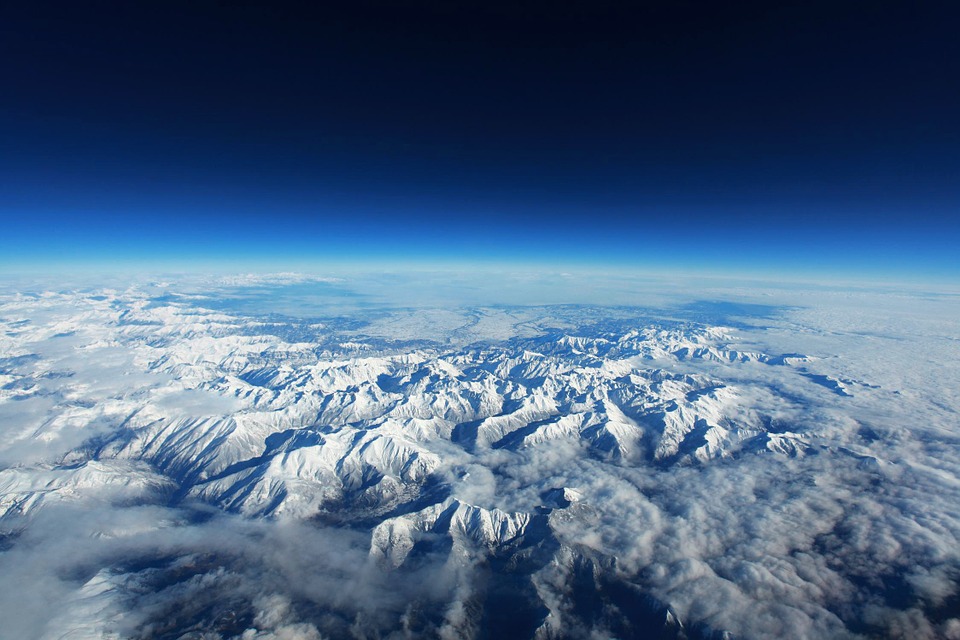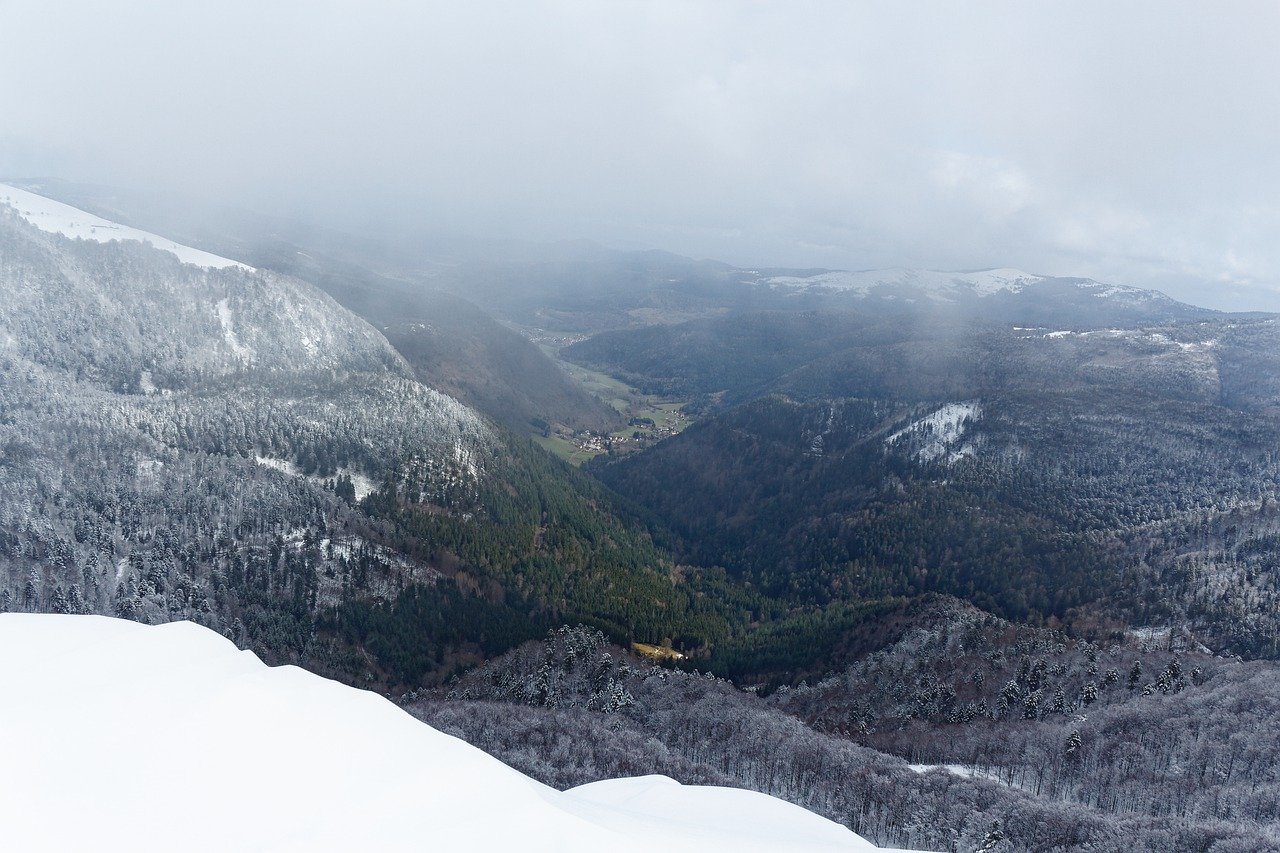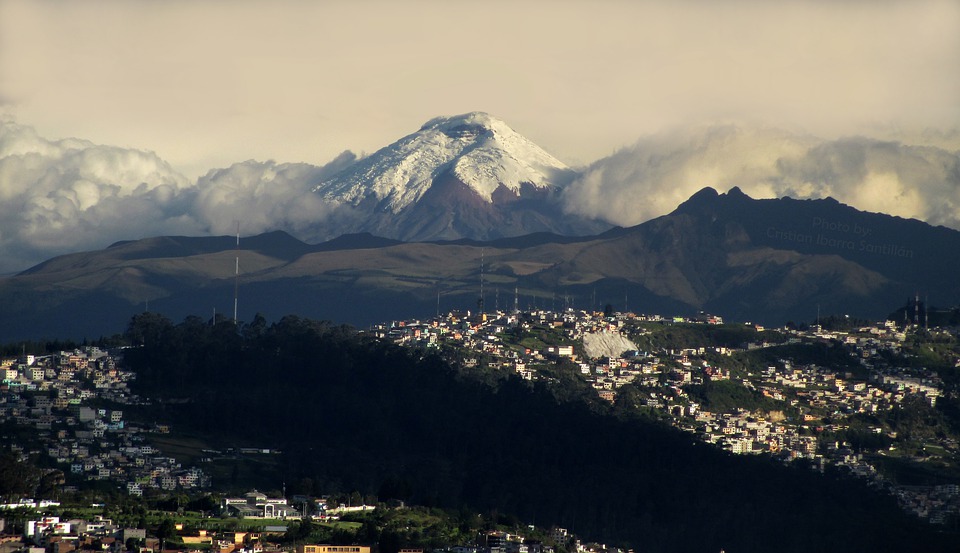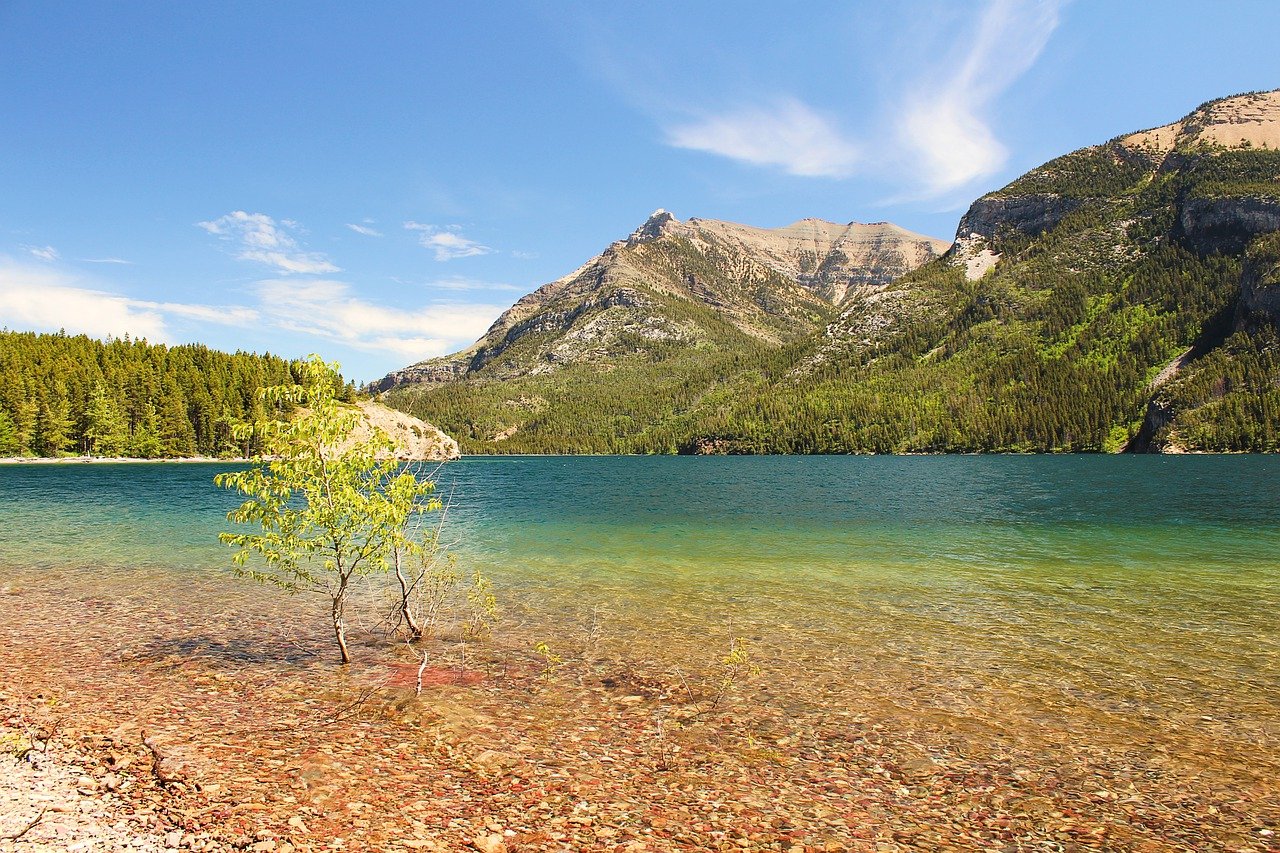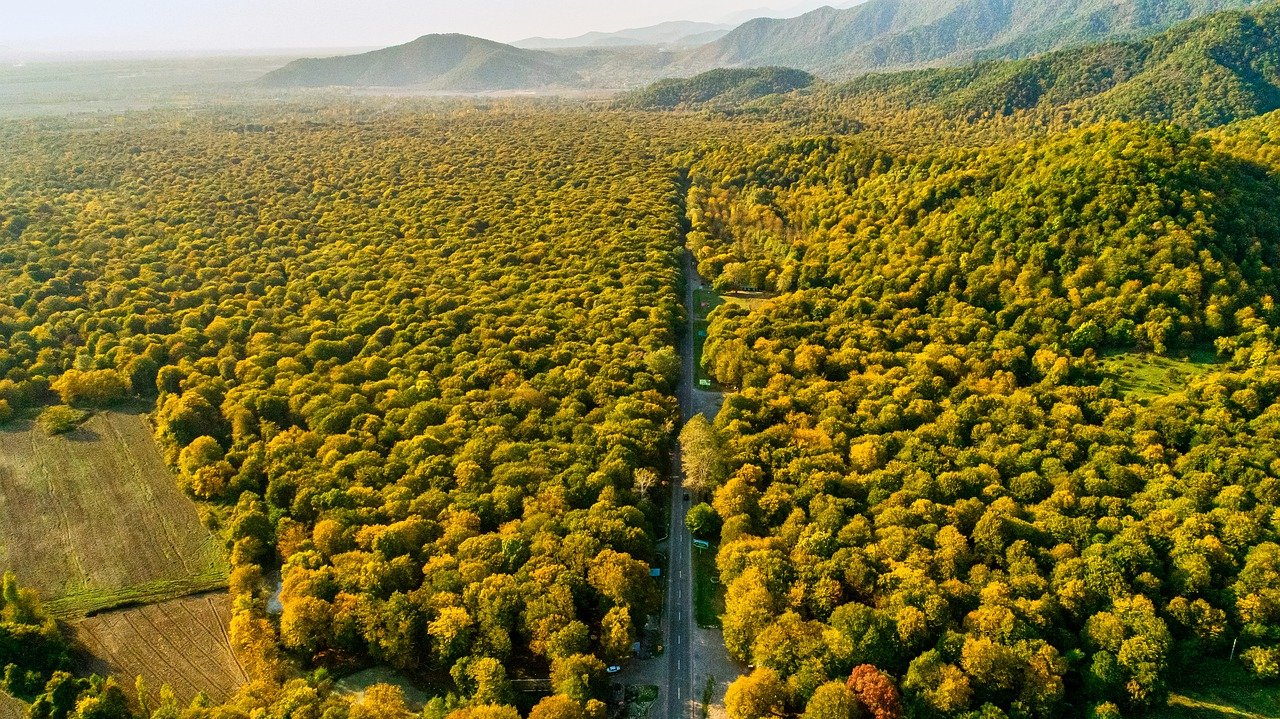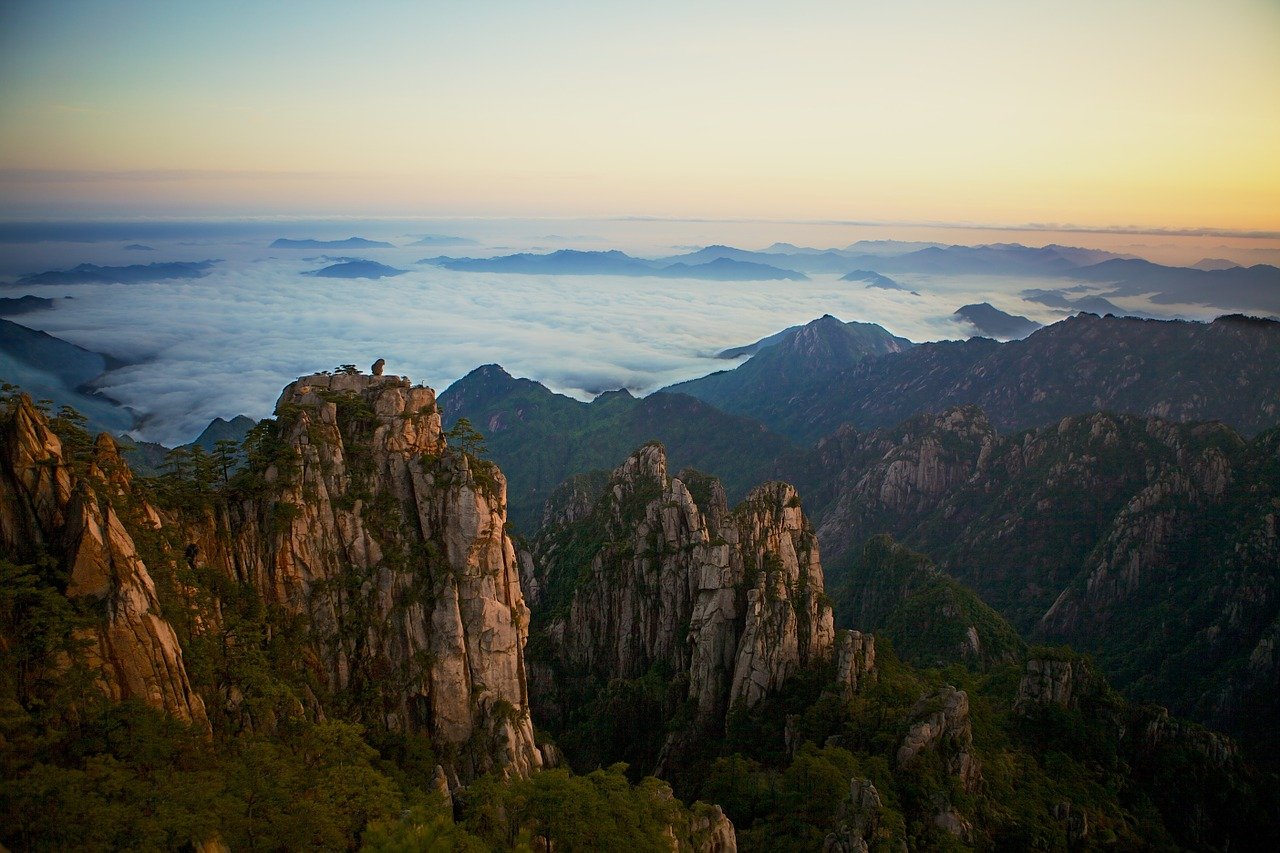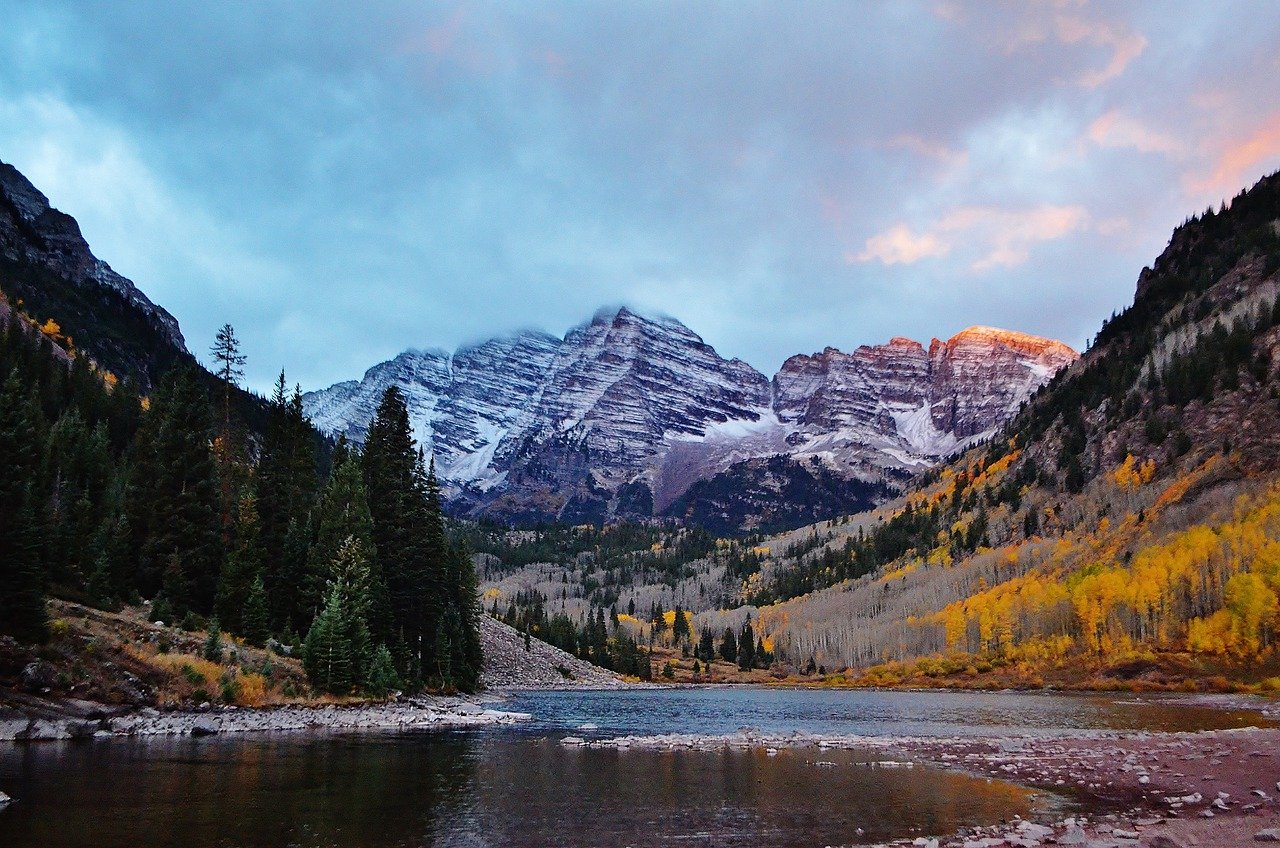News
- Details
- Category: Global News
Retreating glaciers in the Pacific mountains of western North America could produce around 6,150 kilometers of new Pacific salmon habitat by the year 2100, according to a new study.
Scientists have ‘peeled back the ice’ from 46,000 glaciers between southern British Columbia and south-central Alaska to look at how much potential salmon habitat would be created when underlying bedrock is exposed and new streams flow over the landscape.
- Details
- Category: MRI News
The GEO Mountains General Meeting 2021 served as a platform for exchange, bringing participants up to speed on recent developments at GEO Mountains and inviting discussion on the activities of Task Groups. GEO Mountains participants also provided key updates on ongoing projects that could contribute to the objectives of GEO Mountains.
- Details
- Category: Global News
Mountain areas are particularly affected by global warming, but how it impacts snow avalanches remains poorly known. Researchers from INRAE, Météo France, the CNRS* and the Universities of Grenoble Alpes, Genève and Haute-Alsace have together evaluated changes in avalanche activity over nearly two-and-a-half centuries in the Vosges Mountains, combining historical analysis with statistical modelling and climate research.
Their results, published on 25 October in PNAS, show that avalanches now occur at higher altitudes than previously, with avalanche prone areas now restricted to the range’s highest elevations. This upslope migration has resulted in a sevenfold reduction of the number of avalanches, a shortening of the avalanche season, and a shrinkage in their size by comparison with the last phase of the Little Ice Age. The results also show that low to medium elevation mountain ranges such as the Vosges Mountains may serve as sentinels for the impacts of climate warming.
- Details
- Category: MRI Anniversary Lecture
The sixth event in the MRI Anniversary Lecture Series took place today, celebrating 20 years since the MRI Coordination Office was founded in 2001. This series aims to showcase MRI synthesis workshop research and build capacity in the mountain research community.
- Details
- Category: New Publication
'ME AND THE BIOSPHERE: 50th Anniversary of UNESCO’s MAB Programme' is a Special Issue of the Journal on Protected Mountain Areas Research and Management (eco.mont), and is now available online.
On the occasion of 50 years of UNESCO’s Man and the Biosphere (MAB) Programme, the Austrian MAB National Committee has organized and financed a special issue on Biosphere Reserves in Mountain Regions in the Journal on Protected Mountain Areas Research and Management (eco.mont). The special issue contains 16 articles from four out of five MAB regions.
- Details
- Category: MRI News
GEO Week 2021 was held 22-26 November, and highlighted the many activities of the GEO work programme that address this years major milestones linked to global policy agendas, such as the 26th Conference of the Parties (COP26) to the United Nations Framework Convention on Climate Change.
On Thursday 25 November, GEO Week 2021 focused on the use of Earth observations data to bridge the digital divide. As a part of this, GEO members presented examples of projects and initiatives being undertaken worldwide in order to facilitate full and open access to Earth observation data, thereby promoting policy development and supporting informed decision-making. Among the initiatives participating was GEO Mountains, represented by James Thornton, GEO Mountains Scientific Project Officer, and Carolina Adler, Executive Director of the Mountain Research Initiative and GEO Mountains Co-Lead.
- Details
- Category: Global News
Volume 18, issue 11 of the Journal of Mountain Science explores topics ranging from a multi-scale analysis of ecosystem services trade-offs in an ecotone in the Eastern Margin of the Qinghai-Tibetan Plateau to an examination of 30 years of the transformation of non-urban public transport in Poland’s peripheral areas.
Other articles look at the spatial differentiation pattern of interregional migration in ethnic minority areas of Yunnan Province in China, assess the vegetation community distribution characteristics and succession stages in mountainous areas hosting the coming Winter Olympics, and quantify glacial elevation changes in the central Qilian Mountains during the early 21st century, among many other topics.
- Details
- Category: Global News
With mountain snowpacks shrinking in the western U.S., a new Berkeley Lab study analyzes when a low-to-no-snow future might arrive and the implications for water management.
Mountain snowpacks around the world are on the decline, and if the planet continues to warm, climate models forecast that snowpacks could shrink dramatically and possibly even disappear altogether on certain mountains, including in the western United States, at some point in the next century. A new study led by researchers at Lawrence Berkeley National Laboratory (Berkeley Lab) analyzes the likely timing of a low-to-no-snow future, what it will mean for water management, and opportunities for investments now that could stave off catastrophic consequences.




